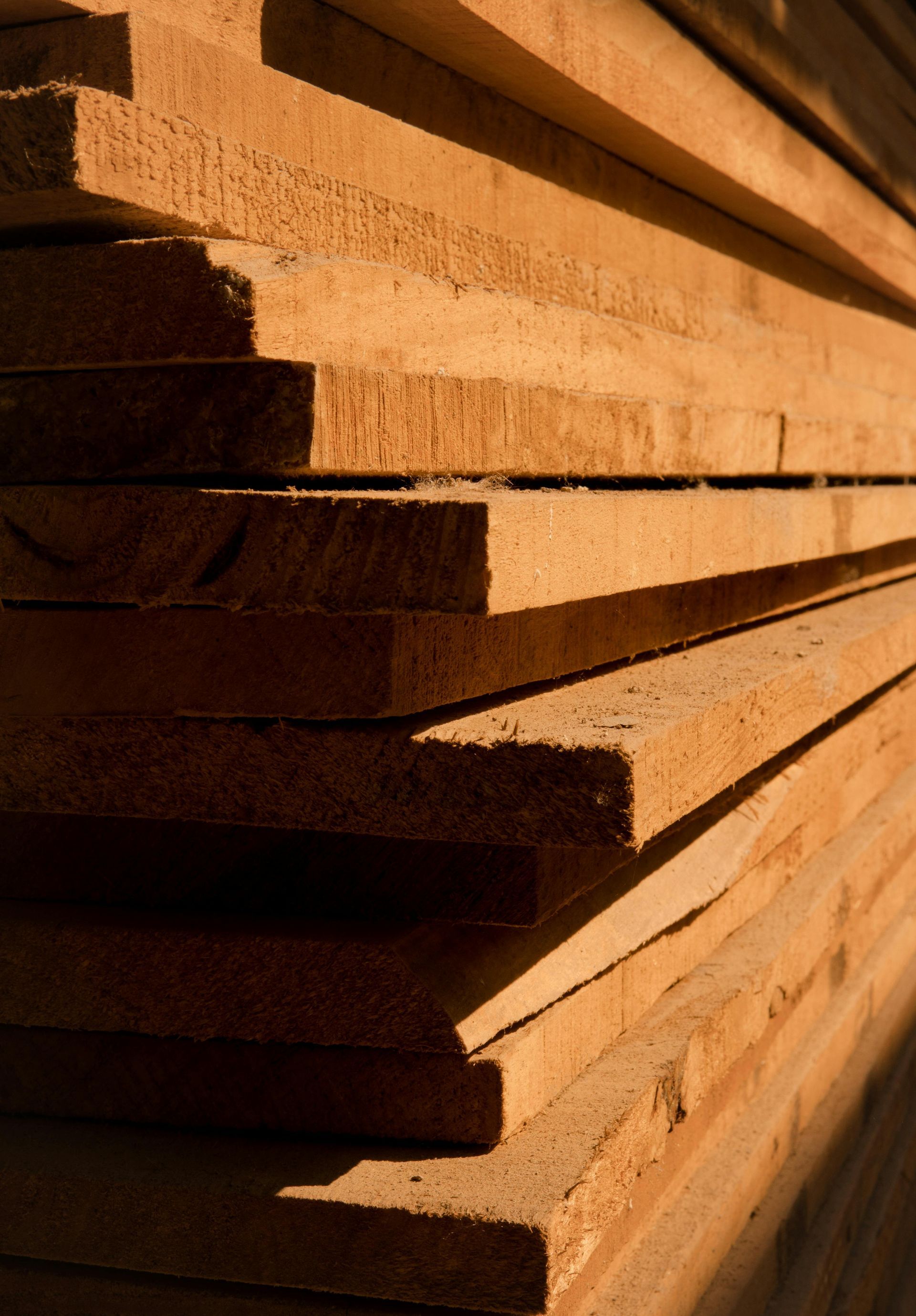How To Install Carpet Tiles
Tips for Installing Carpet Tiles

Tools and Materials
You can buy glue down or peel and stick carpet tile. Make sure you have enough before putting in carpet tile. Here is a formula for figuring out how many tiles you'll need.
The room's length and width should be measured in inches. The room's length and width are multiplied to find the area (A = L x W). Decide how many carpet tiles to purchase. By the surface area of a single carpet tile, divide the room's size. Using the same formula (A = L x W), determine the carpet tile's area. Purchase 10% more than you need to cover errors and future repairs.
Assemble the necessary equipment and supplies:
- Tiled carpet
- Adhesive for carpet, if any
- Utility knives or carpet cutters
- A fan
- A vacuum or broom
- A fan
- Tape measure for levels
- Chalk line
- T-square
- Primer for floors and a paint roller (optional)
- An angled trowel (for glue down carpet tiles only)
- Floor Roller
Prepare the Subfloor
Preparing the subfloor is the first step in learning how to install carpet tile. Your subfloor needs to be spotless, sturdy, dry, level, and without any gaps. It might be required to remove any current flooring in order to get the best results.
- To temporarily remove any baseboard or moulding at the base of the wall, use a pry bar. It should be set aside for subsequent installation.
- Putty is used to fill cracks. Self-levelers can be used to fix sunken regions. Sand higher areas down.
- To protect your floor from moisture damage, prime it.
- Give the prepared subfloor a full 24 hours to rest. The carpet tiles should be unpacked and given time to adjust to the space.
- Use a vacuum, broom, or mop to clean the subfloor.
- Work in a space that is properly ventilated. Open any windows and use fans. This is crucial when working with floor primers, glue-down carpet tiles, or other potentially harmful chemicals.
Measure and Draw Guidelines
The most straightforward method for installing carpet tile is to divide your floor into four quadrants. The task moves along more quickly if you install your tiles quadrant by quadrant.
- Measure the space to determine its center first.
- Draw a chalk line through the center to mark it.
- Create four equal quadrants in the space. Draw two parallel lines that meet at the predetermined center.
- To ensure that the lines cross at a precise 90° right angle, use a T-square tool.
Plan the Carpet Tile Layout
To determine fit and orientation, lay out the carpet tiles dry.
- Work your way toward the walls from the center.
- Within each of the room's four quadrants, arrange the tiles in rows.
- To fit between the wall and the final full-size tile, trim perimeter tiles. The distance is measured. On the back of the border carpet tile, make a cut mark. Set aside at this time.
Arrows that point in the direction of the carpet pile will be on the back of carpet tiles. Two carpet tiles will appear to be slightly different colors when they are facing in different directions. Observe the manufacturer's advice. A seamless appearance can be achieved by aligning the tiles in the same direction. To produce a checkerboard pattern, rotate each tile by 90 degrees.
Tip: Mix carpet tiles from several packs to take into consideration variances in dye lots.
Install the Center Carpet Tiles
At the room's center, begin putting in the tiles. Follow the chalk lines for direction. To create a square, place the first four carpet tiles at the corners of each quadrant.
Peel-and-stick carpet tiles can be installed as follows:
- Dispense with the film that shields the adhesive backing.
- Place the carpet tiles cautiously along the chalk line.
- Set each tile firmly against the neighboring one.
- To fasten the carpet tile, apply pressure.
The following describes how to stick carpet tiles down:
- Spread the adhesive evenly across the flooring using a trowel with a notched edge. Utilize the carpet adhesive that the manufacturer suggests.
- Start by working in small segments to prevent the adhesive from drying out too rapidly.
- To secure the carpet tiles, place them along your instructions and press down.
- When determining how long the adhesive should set before laying each tile, refer to the manufacturer's recommendations.
Install the Carpet Tiles in Each Quadrant
- Place the carpet tiles in rows, laying them out quadrant by quadrant. Work your way outward from the center tiles toward the wall.
- Place each carpet tile so that it is tightly affixed to the edges of the tiles next to it.
- The pile should shift in the desired direction when you lay the carpet tile.
- Pull up the carpet tile and re-lay it as quickly as you can if you need to modify it.
- The final full tile should not be attached adjacent to the wall. Wait until the last tile has been cut to size. (For instructions on trimming carpet tiles to fit, see Step 7).
- Move on to the following quadrant and repeat similar procedures once you have finished installing carpet tiles in the first quadrant.
Trim the Carpet Tiles
Rarely are rooms squarely on the mark. It will be necessary to cut the carpet tiles that line the walls to size.
- Measure the distance from the wall to the final carpet tile you installed.
- To cut the carpet tile to fit, use a carpet cutter and a straight edge.
- Patch the cut if it has imperfections or a gap. Fill the hole with a little sliver of leftover carpet tile.
- With your hand, smear the region until the transition appears seamless.
Roll the Floor
You must roll the floor after installing all of the carpet tiles. The floor can be rolled to remove any air bubbles. Additionally, it will help the carpet tiles stick to the subfloor firmly. Effective floor roller weight is 75 pounds.
- Make sure there is no debris or filth on the roller surface.
- From the center of the floor to the outer edge, push the roller outward. Follow the same path back to the center.
- Roll out once more from the middle, crossing the initial path.
- Continue until you have finished the floor.
- Replace the baseboard and molding.
- Vacuum the floor.
Carpet Tile Tips
Before putting up new carpet tiles, think about painting or remodeling.
- Trace the area onto some paper to make it fit around door jabs. To cut the carpet tile, follow the instructions on this stencil.
- Concrete, plywood, or particleboard can all be covered in carpet tiles. However, some adhesives can harm hardwood floors irreparably. Additionally, you can install over already-installed wood, tile, or vinyl flooring. Verify that the previous flooring is no thicker than an inch.
- Make sure your subfloor is primed correctly. For concrete or wood, there is primer.
Traditional carpet is more expensive than carpet tiles. They are a wonderful flooring project for beginners because they are strong enough for high traffic areas, need little upkeep, and are reasonably simple to install. Carpet tile floors can last up to eight years if they are put correctly. If you swap out individual tiles as they become worn, they can last much longer. Are you prepared to lay a new carpet tile floor? To complete your assignment, think about renting tools. Rent a floor roller, use it once, then return it. Both maintenance and storage are not necessary.










